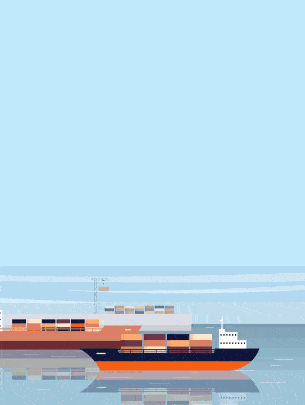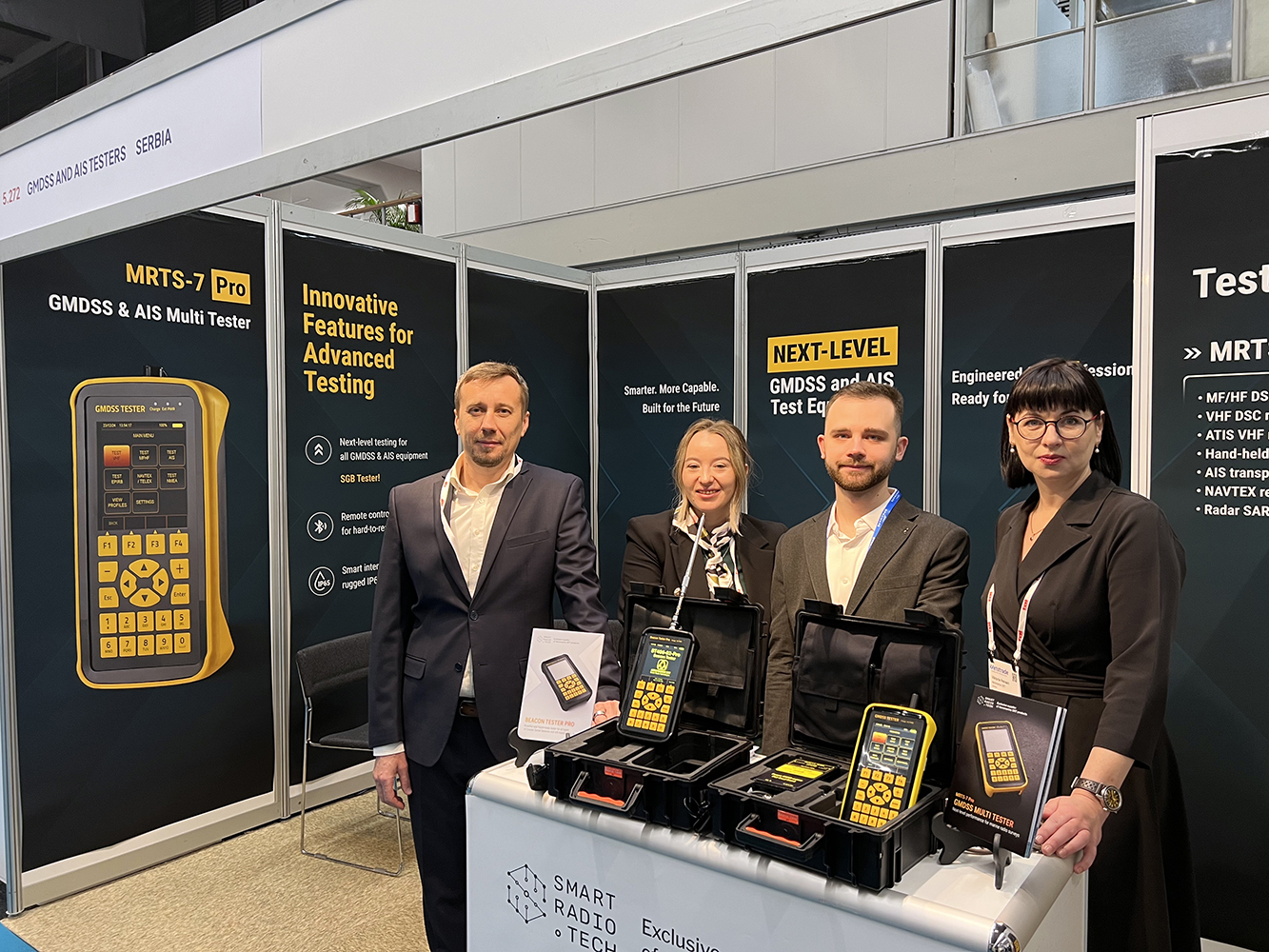Navigating the inland waterways of Europe is prohibited... without a VHF radio equipped with ATIS
What is ATIS?
ATIS (Automatic Transmitter Identification System) is a system used in marine VHF radios. It is mandatory for the identification of vessels navigating certain inland waterways of mainland Europe.
The ATIS signaling protocol is based on the protocol used for Digital Selective Calling (DSC), with the ATIS transmissions having the format specifier field set to 121. While the DSC transmission is exclusively on Channel 70, the ATIS digital signal is transmitted on the same VHF channel as the voice transmission.
The vessel identity is sent digitally immediately after each voice transmission, as soon as the ship's radio operator finishes speaking and releases a “push-to-talk” button on the transceiver. This distinguishes ATIS from the AIS (Automatic Identification System) used across the globe on ships that continuously transmit data.
A short post-transmission message sent by the radio contains a ten-digit code that is either an encoded version of the ship's alphanumeric call sign, or the ship MMSI number prefixed by a “9” (for vessels from outside the region). This way, vessels are identified by marine coastal and inland stations who monitor the system.
ATIS and RAINWAT
The requirement for the use of ATIS-capable VHF in several countries of Europe is established by the Regional Arrangement concerning the Radiotelephone Service on Inland Waterways (RAINWAT) agreements, concluded in Basel, which originally came into force in 2000. In 2012, the Regional Arrangement was replaced by a new one signed in Bucharest (revised in 2016).
The document sets out the common principles and rules for using radio communications for a safe carriage of people and goods on the Inland Waterways of the RAINWAT countries. This concerns the use of frequencies, operating procedures, and the need to maintain a ships identification database. RAINWAT also prohibits the use of DSC where ATIS is required.
The signatory countries are: Austria, Belgium, Bulgaria, Croatia, the Czech Republic, France, Germany, Hungary, Luxembourg, Moldova, Montenegro, the Netherlands, Poland, Romania, Serbia, the Slovak Republic and Switzerland.
The Regional Agreement also applies to vessels navigating on inland waterways and arriving from non-RAINWAT countries. The use of ATIS is also mandatory for them. Every vessel sailing in this region must have a copy of the Regional Arrangement on board. It can be downloaded from the RAINWAT website.
As for the territories outside the European inland waterways, the use of ATIS is prohibited there.
How to get an ATIS number?
It is the responsibility of the shipowners to equip their vessels with ATIS-capable equipment and a valid ATIS code.
ATIS identification numbers (or codes) refer to the ship. Only vessels with an MMSI number that have a full Ship Radio License can apply for an ATIS number. To add one or more ATIS equipment to the license, you will need to make amendments to it on the Ofcom licensing portal.
When the ATIS number is generated, it will be displayed in your license document. The covering letter will indicate that you are licensed to use ATIS. Download the updated license, it should be kept on the ship.
No matter how many units of equipment with ATIS are added to your license, you will be issued only one ATIS number.
For ships from non-RAINWAT countries, the ATIS code shall be created by taking the MMSI and adding “9” as the very first digit (so, if the MMSI is 123456789, the ATIS code would be 9123456789).
How to enable ATIS function on your VHF radio?
First of all, make sure that your VHF is capable of ATIS transmissions. Otherwise, you will have to acquire the appropriate model, there is a choice of ATIS-enabled radios from different manufacturers on the market.
Before traveling on inland waterways of RAINWAT countries, you must enable the ATIS mode of your VHF radio transceiver. This function is programmed by the manufacturer or your local dealer (on your request).
As a result, your radio will have an additional channel group - “ATIS”. Select the ATIS group whilst sailing in the waters of Europe. No additional programming is required afterwards.
When leaving this region, simply switch back to marine (DSC) mode, so that the ATIS function is disabled.
Important: When operating in ATIS mode, the following functions of VHF radio are not available:
-
use of DSC;
-
channel scanning;
-
dual/tri-watch operations.
Marine VHF radios are the subject of an annual radio survey. What about the ATIS?
The International Maritime Organization (IMO) requires that marine VHF radios (as a part of GMDSS equipment) be regularly tested and maintained. Therefore, its inspection is mandatory.
As for the ATIS system, it has a regional application, and its operation is regulated by the European Standard ETSI EN 300 698-1 (Annex B). According to this document, main technical parameters must be tested.
It’s necessary to decode ATIS protocol which should correspond to the programmed ATIS data in the equipment under test.
Are GMDSS testers by Aeromarine SRT able to test the ATIS function of marine VHF radios?
In the near future, this feature will appear in our GMDSS multi tester MRTS-7M. It will be available with the next firmware update.
There will be a separate TEST ATIS menu with the ability to check the frequency, power, and the message decoding.
By Olga Davydova






Be the first to comment